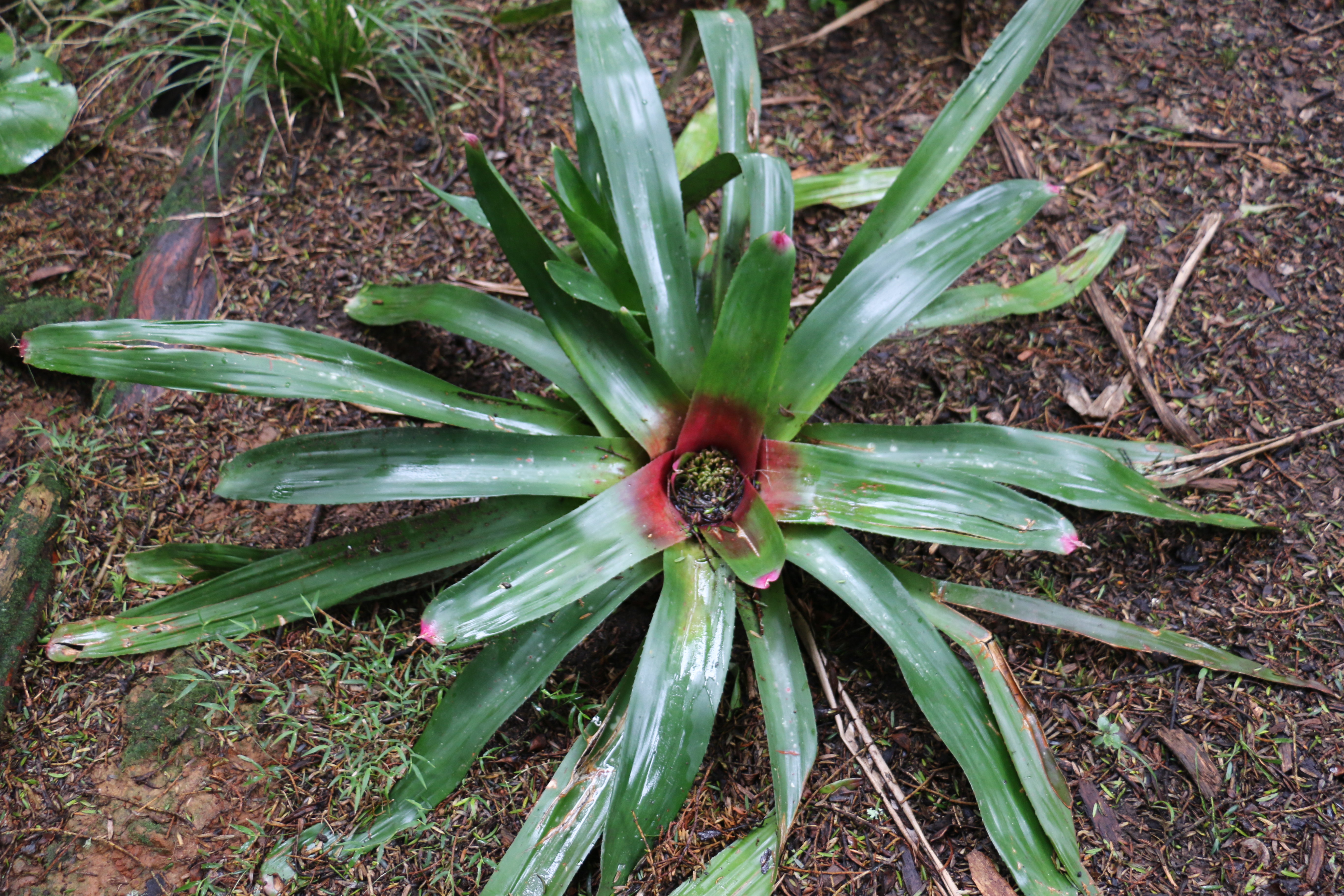Physical characteristics
A compact
Flowers and foliage
This plant produces a rosette of narrow strap like sword shaped
Preferred site
Best in light shade and well-drained soil. Shelter from strong winds. Tolerates mild frost.
Preparation for planting
Always choose healthy well grown
Before planting ensure the root ball is saturated and remove the planter bag or pot with minimal root disturbance. Trim any broken roots and plant at the same level as in the container. Dig a hole twice the diameter of the root ball and firm in and water once planted. Make sure
Maintenance tips
Mulching
Water both the leaves and a little round the soil base. Freshen the water in the central tank area to prevent stagnation of the water. Well established
Ecological and biodiversity benefits
Provides habitat for frogs and invertebrates.
Pests and diseases
Scale thrips and mealybugs may be a problem if grown indoors. Mosquito larvae will inhabit the water in the central tank if the water is stagnant. Susceptible to rot if not planted in optimum conditions.
Location at Auckland Botanic Gardens
Palm Garden
Interesting facts and tips
In their natural habitat in Southern Brazil,




.jpg?width=1200&height=1200&v=1d4024dceb89e50)

.jpg?width=1200&height=1200&v=1d5569224d63650)
 .jpg?width=1200&height=1200&v=1d4024df6ce2770)
.jpg?width=1200&height=1200&v=1d55676a892f2b0)
 .jpg?width=1200&height=1200&v=1d4024e3b65f7f0)